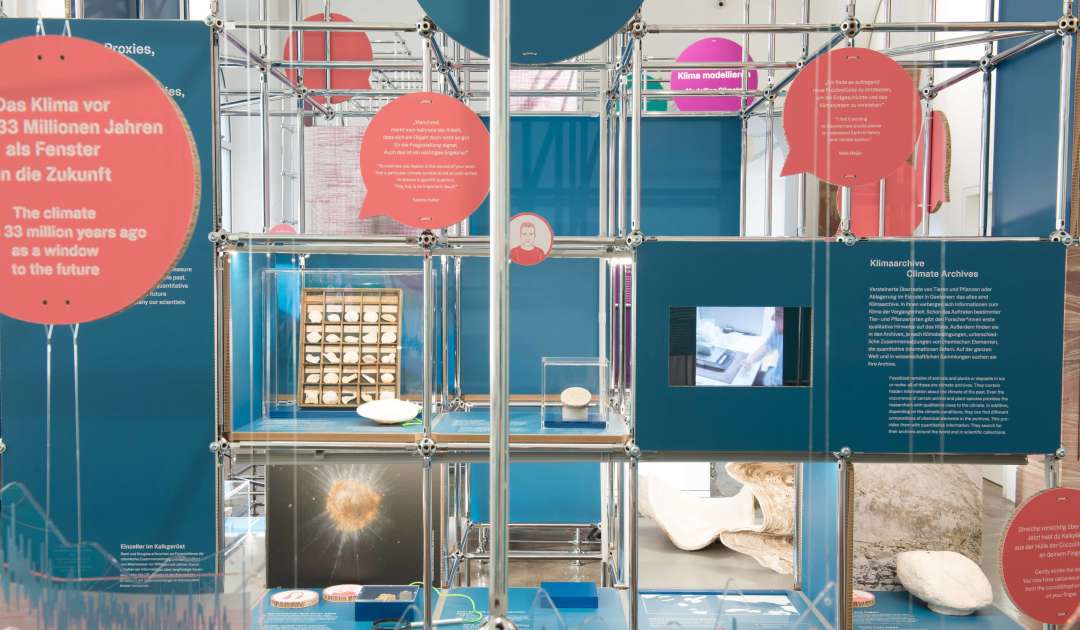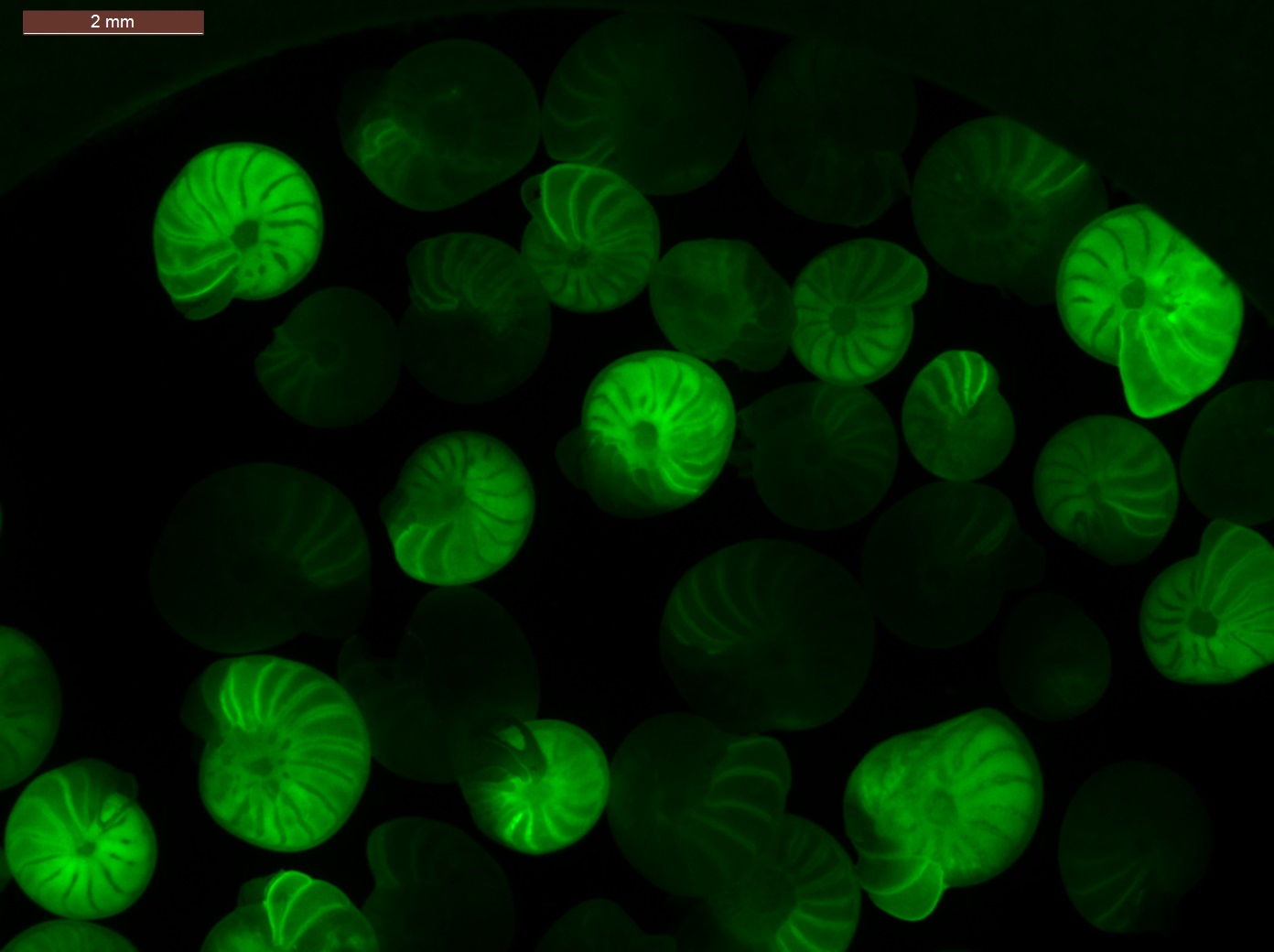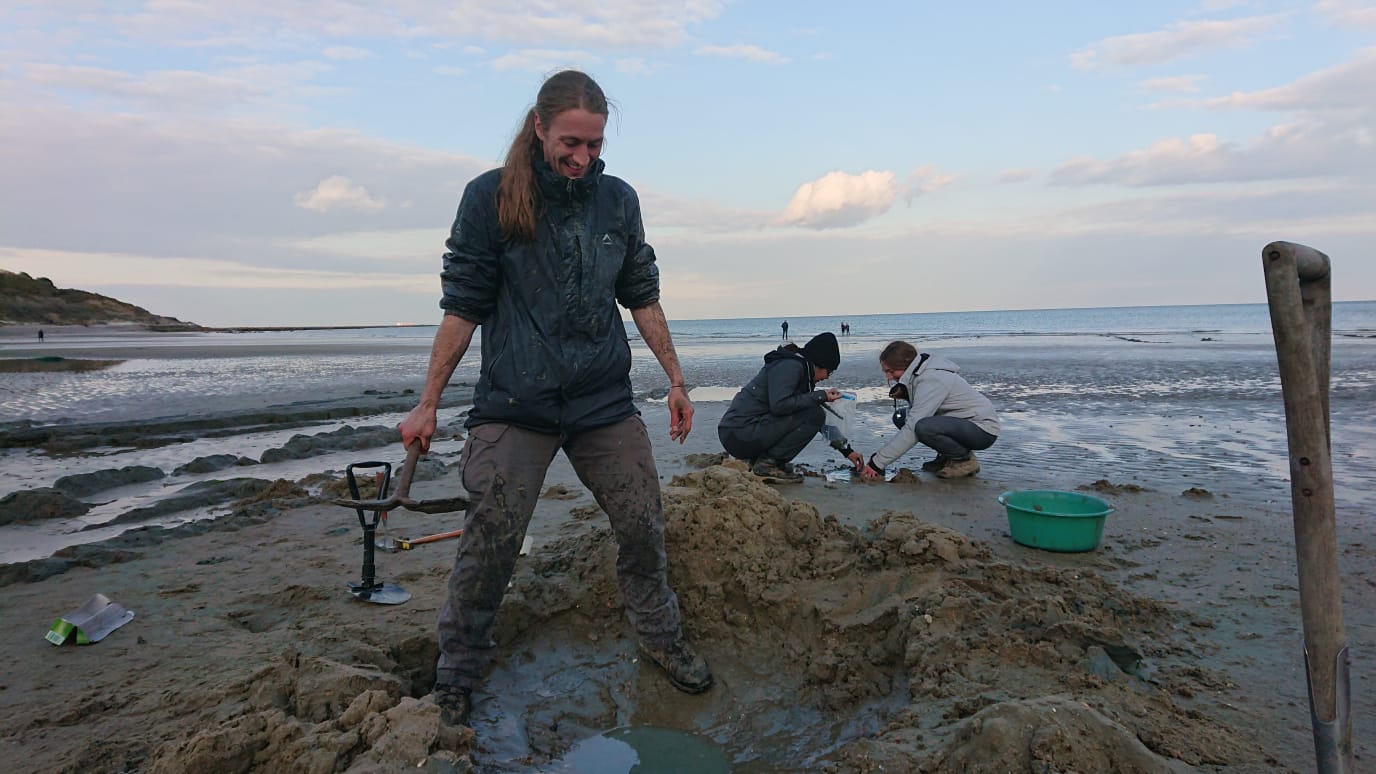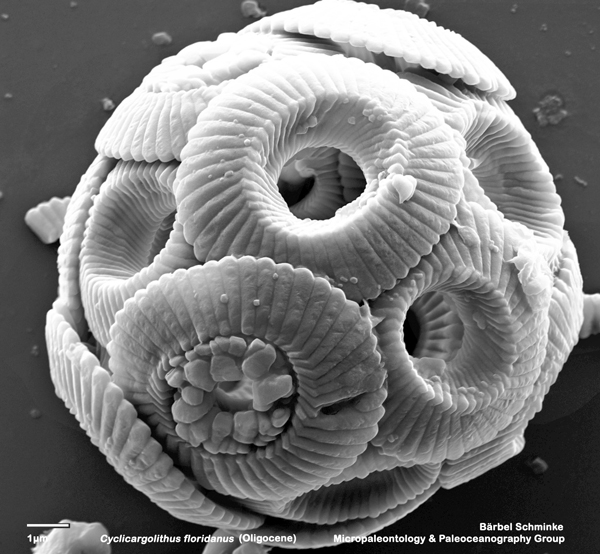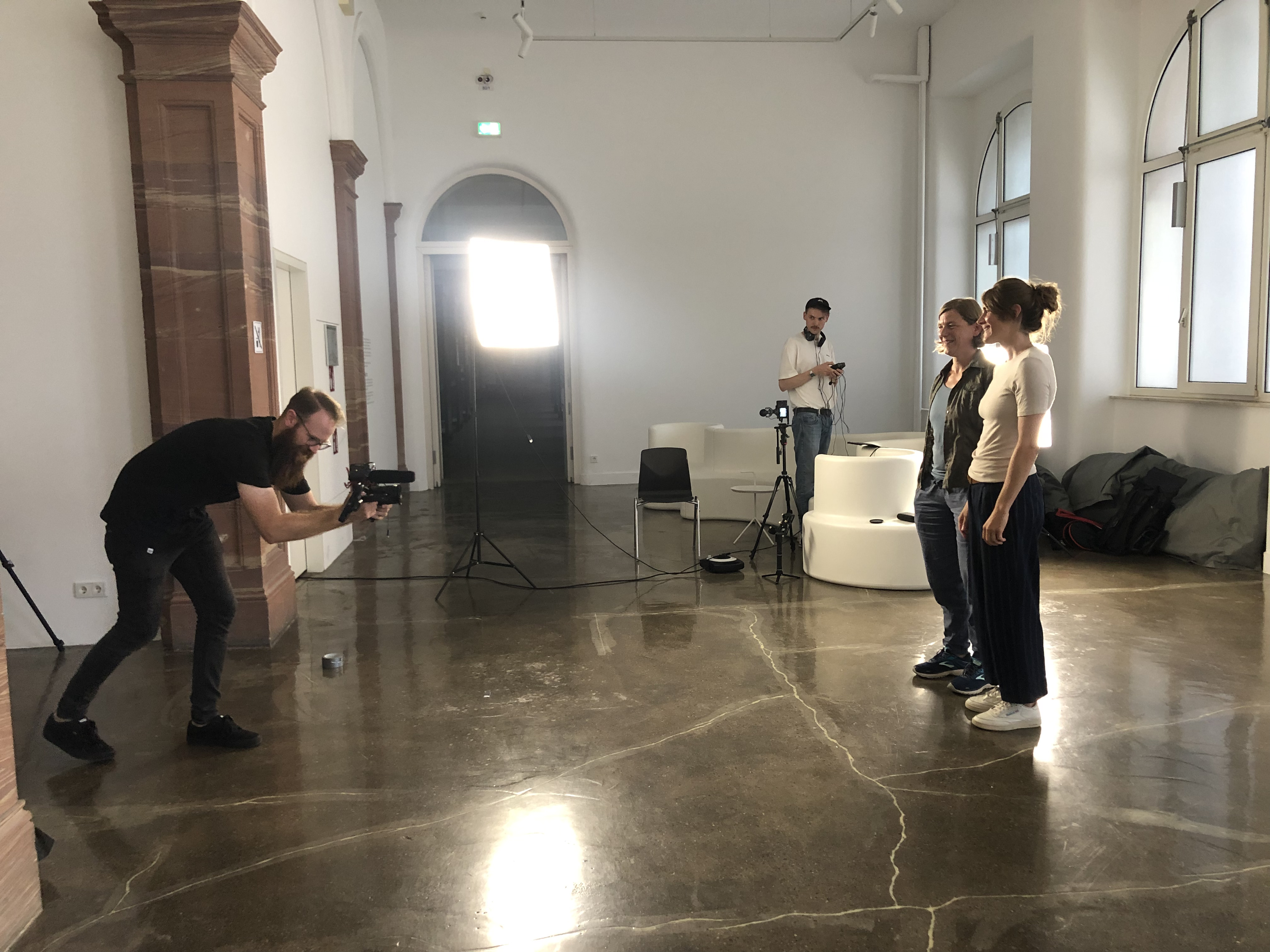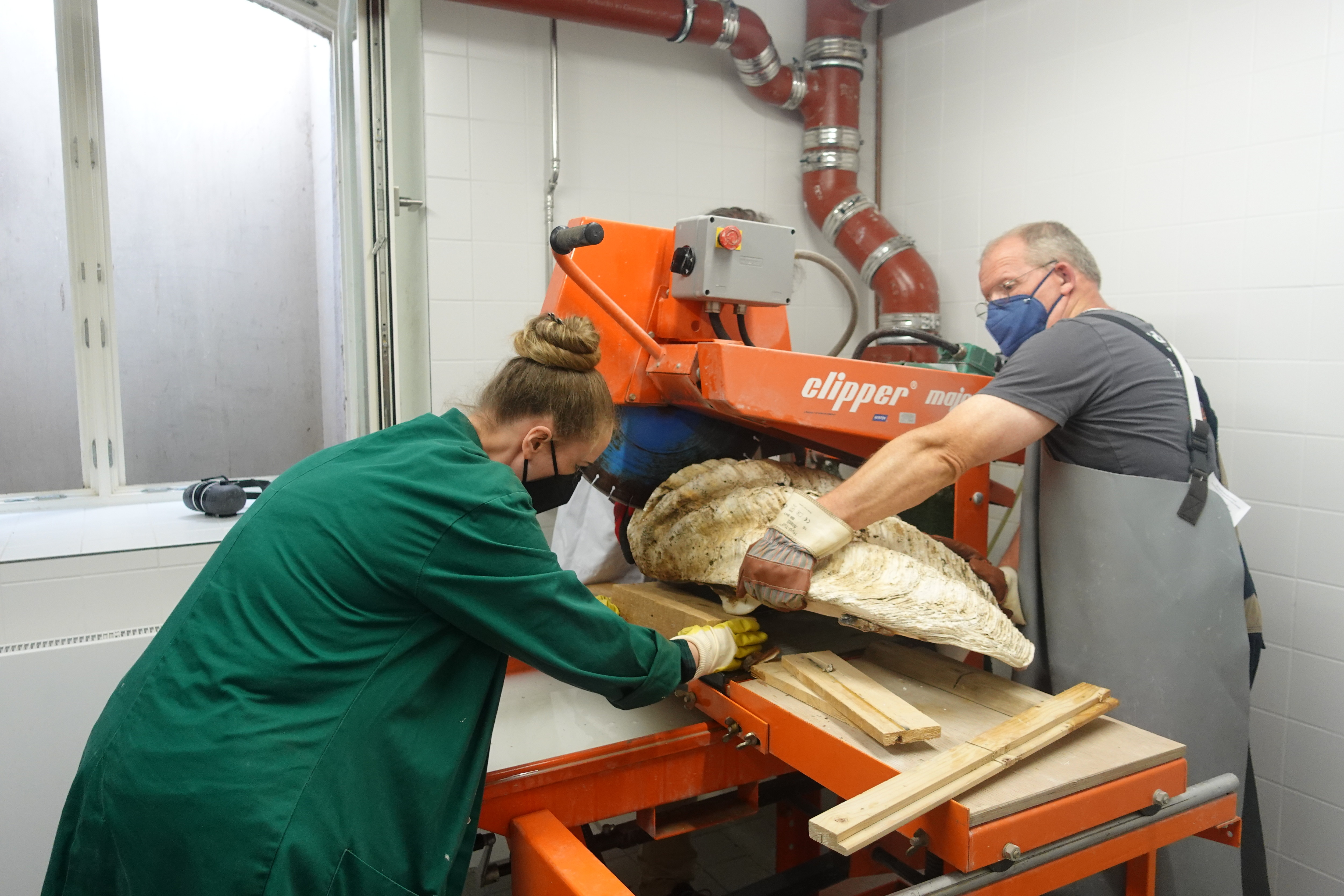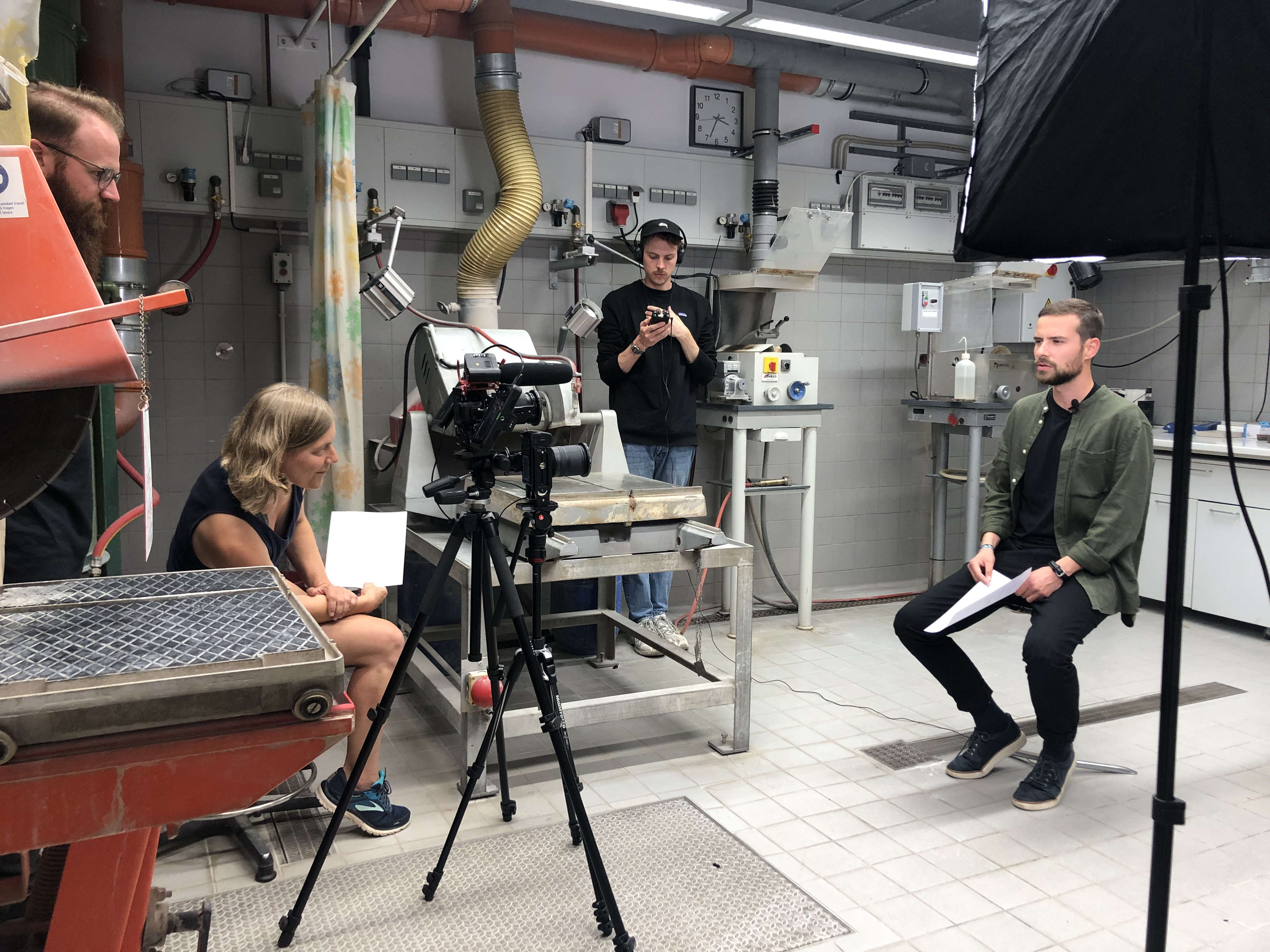Special exhibition
Understanding Climate
Lessons from the Past
21. October 2022 until 16. July 2023
How do natural scientists study the climate of the past? And how can this knowledge help us to better understand our climate future? These questions are addressed by the new special exhibition “Understanding Climate – Lessons from the Past” at the Senckenberg Natural History Museum.
Climate researchers from the Goethe University Frankfurt and the Senckenberg Gesellschaft für Naturforschung are joining forces in the VeWA* research consortium to search for traces in two geological eras, the Late Cretaceous and the Eocene, many millions of years ago. Both periods were characterized by high atmospheric CO2 levels and hot temperatures. The scientists’ goal is to reconstruct the climate processes of these past natural warm periods in order to predict future developments more precisely.
To this end, the researchers analyze so-called climate archives: fossilized remains of animals and plants or deposits in ice or rocks. They contain hidden information about the climate of the past. For example, the research team is examining the enamel of a prehistoric horse from the Messel Pit in Hesse or tiny calcareous algae only a few micrometers in size. The varying composition of chemical elements in these archives can provide information about the climatic conditions at that time.
The researchers use this approach to investigate the factors that influenced the climate: for example, the amount of greenhouse gases in the atmosphere, the ocean temperatures, or the distribution of plants on Earth. However, they cannot measure these values directly. Therefore, they determine proxy values, such as the concentrations of certain chemical elements or their isotopic composition in the climate archives. These data allow them to improve climate models. These models recreate the Earth’s climate system, using mathematical formulas to describe the processes and interactions of the atmosphere and land with the fauna and flora or the oceans.
New special exhibition “Understanding Climate – Lessons from the Past,” from 21 October 2022 to 16 July 2023 in the Senckenberg Natural History Museum Frankfurt, Senckenberganlage 25, D-60325 Frankfurt am Main. Combination tickets: 12 euros for adults, 6 euros for children and young adults (ages 6 to 15), and 30 euros for families (2 adults and up to 3 children). Opening hours: Mon, Tues, Thurs, Fri 9 a.m. – 5 p.m., Wed 9 a.m. – 8 p.m., Sat, Sun, and holidays 9 a.m. – 6 p.m.
*The VeWA research consortium – Past Warm Periods as Natural Analogues of our ‘High-CO2’ Climate Future – is a LOEWE priority project of the Hessian Ministry of Science and the Arts. Here, scientists from the Goethe University Frankfurt and the Senckenberg Gesellschaft für Naturforschung collaborate on studying the climate of past warm periods.Prof. Dr. Wolfgang Müller and Prof. Dr. Silke Voigt from the Goethe University Frankfurt serve as project coordinators. Prof. Dr. Andreas Mulch is the contact person for the Senckenberg Gesellschaft für Naturforschung. We thank the state of Hesse for the financial support. This exhibition is an essential part of the LOEWE priority project VeWA (Past Warm Periods as Natural Analogues of our “High-CO2” Climate Future), which is funded by the state of Hesse.
